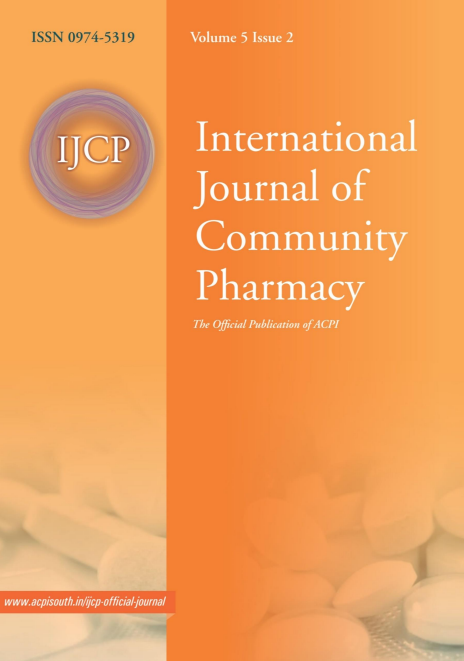A Cross-sectional Study on the Prevalence of Adverse Drug Reactions of Sodium Valproate Used as a Mood Stabilizer Inpatients With Bipolar Affective Disorder in at Ertiary Care Hospital
##plugins.themes.bootstrap3.article.main##
Authors
Abstract
Objectives: To determine the prevalence of ADRs and to analyse the causality, severity and preventability of ADRs associated with sodium valproate in BPAD patients. Methods: A cross-sectional study was carried out in KR Hospital, Mysuru for a period of 6 months. After taking the consent the patients were interviewed to gather ADRs of sodium valproate, which were then recorded using the UKU SERS scale. ADRs associated were evaluated for causality, severity, and preventability using Naranjo’s Algorithm, Modified Hartwig and Siegel scale, and Modified Shumock and Thornton scale respectively and recorded. Results: Our study included 142 study population. Male preponderance (65.49%) was observed. A total of 368 ADRs were identified using UKU-side effect rating scale among the study population. The most common ADRs observed were increased sleep (11.41%), weight gain (8.69%), sexual dysfunction (8.69%), headache (7.33%). 69.57% of reactions were possible, 75.27% of ADRs were assessed as mild and 94.29% of ADRs were definitely preventable. Prevalence of ADRs was found to be 85.91%. Conclusion: ADRs are a frequent occurrence in patients with BPAD who are taking sodium valproate which is mild in most cases. Early detection and management can reduce the frequency of ADRs, increase compliance, and enhance patient quality of life.



